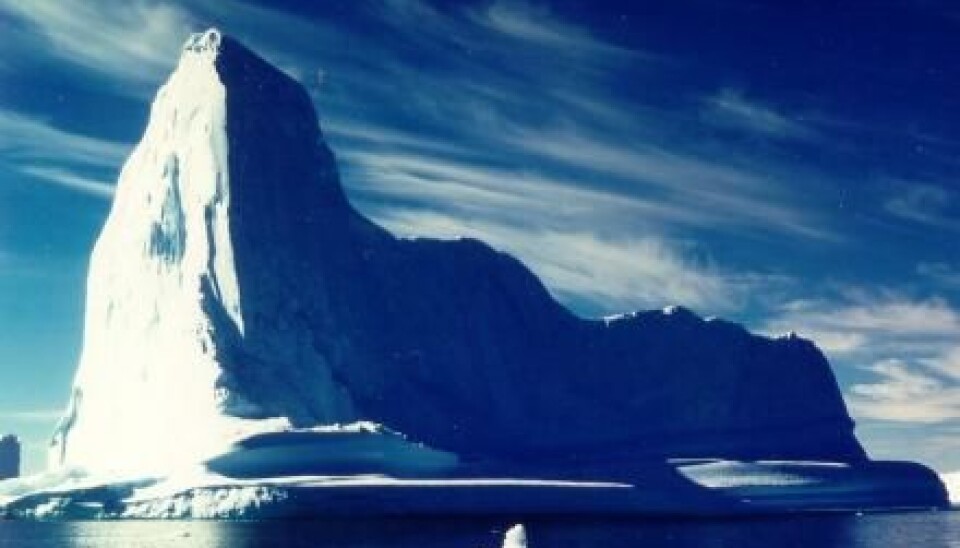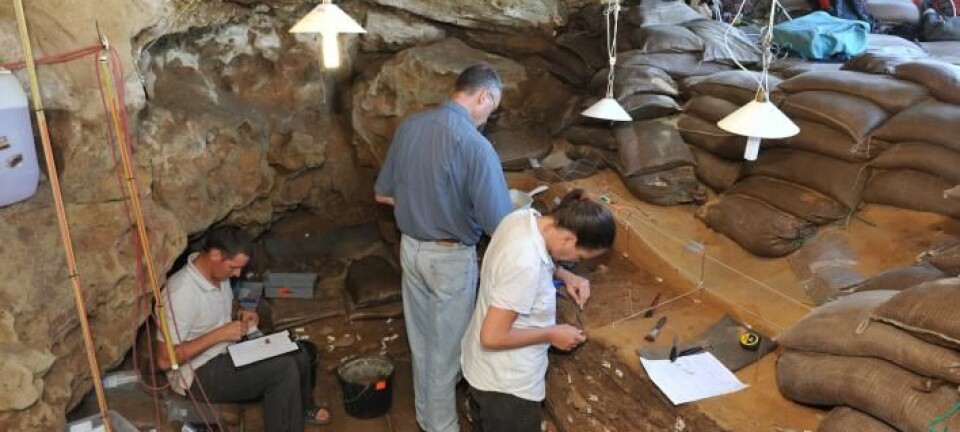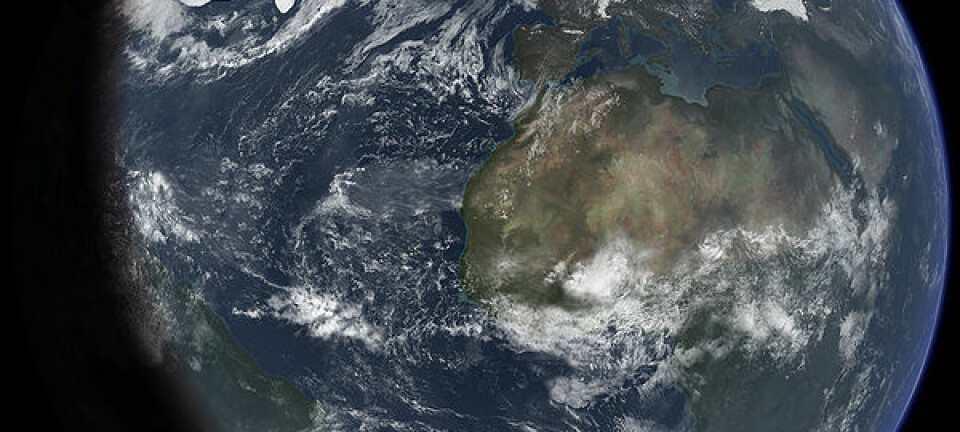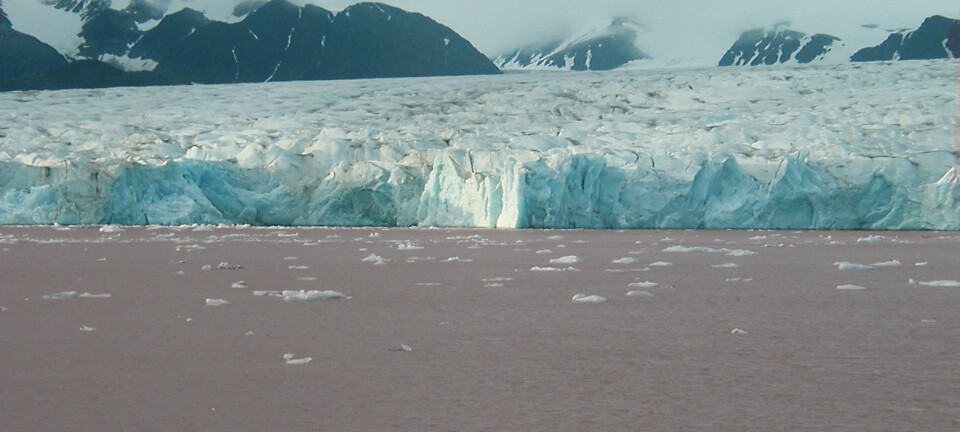
Icebergs in the North Atlantic caused rain in the tropics
Ancient air bubbles trapped in Antarctic ice since the last Ice Age reveal how the climate was in the past.
Ancient air trapped in the Antarctic ice reveals that when the atmospheric concentration of greenhouse gas methane increased it prompted a large number of icebergs to detach from the vast ice sheet that covered North America.
The icebergs increased the amount amount of fresh water in the North Atlantic which led to global climate change. This happened several times during the last ice age, writes an international group of scientists behind a new study in Science.
The icebergs appear to have altered ocean currents and thereby changed the circulation of weather systems in the atmosphere. This made the tropics wetter.
The methane came from wetlands where rotting plants emitted methane into the atmosphere as the wetlands grew and developed.
Methane measurement method developed in Copenhagen
Thomas Blunier, a professor at the Centre for Ice and Climate at the Niels Bohr Institute at The University of Copenhagen, was involved in analysing the ice from Antarctica and was previously involved in investigating the methane content in Greenland ice cores.
The very precise methane measurements allowed the scientists to see that atmospheric methane content increased in four stages, and that it occurred at the same time as masses of icebergs broke away from the Arctic.
The scientists estimated when each of these iceberg breakouts happened by connecting them to known markers of these events found in sediments on the ocean floor.
"When you change something in the North Atlantic, it has an effect in the tropics. These relationships can be quite surprising," says Blunier.
"The greater amount of fresh water in the North Atlantic may have caused a shift in the position of the intertropical convergence zone which caused changes in rainfall patterns in the tropics," he says.
The events are not a coincidence
Icebergs rafted into the North Atlantic in such large numbers six times during the last Ice Age and climate scientists call these incidences Heinrich events. As the detached icebergs gradually melted, they also added freshwater.
In four of these events -- approximately 48,000, 39,000, 24,000, and 16,000 years ago -- these iceberg-rafting events coincided with increased methane in the atmosphere and caused climate changes that lasted between 740 and 1520 years.
However, not all of the Heinrich events where icebergs have broken away in very large numbers coincided with increased levels of methane in the atmosphere, and the scientists don’t yet know why this is.
"The relationship is not true for all Heinrich events, only four out of the six. We don’t understand completely why this is the case," says Blunier.
"The relationship between the icebergs and the atmospheric methane content is also just a hypothesis, because we have not yet proven a causal link. There is a correlation, but it does not prove causality. However, the hypothesis makes sense."
"Now, the scientists developing computer models of the climate system will need to try to find out whether the new results fit with their models. In addition, future measurements will tell us more about past sea ice and ocean currents, and these might support our hypothesis," he says.
The climate is globally connected
Professor Marit-Solveig Seidenkrantz from the Department of Geoscience at Aarhus University says the new study is a fine record of climate history.
"This is yet another study that makes it clear just how globally interconnected the climate is. It’s all interconnected. Icebergs in the North Atlantic can affect rainfall in the tropics,” she says.
"When lots of icebergs enter the North Atlantic it does not only become colder and fresher from the melting water of the icebergs but it also weakens ocean circulation. This means that the Gulf Stream cannot reach so far north,” says Seidenkrantz. “Warmer waters remain in the south, causing more rain in the tropics. This situation was not much different during the ice age."
Another piece of the puzzle
Studies like this can help to further improve climate models so that we can improve our predictions of future climate. This is particularly important in light of man-made global warming.
"It is important that we understand the mechanisms that are at play. Then we can cope better with future climate changes. That's partly why we do studies like this," says Seidenkrantz.
"A single study will never be able to explain it all as it represents one piece in the overall jigsaw. But this study is a fine piece," she says.
----------------
Read the Danish version of this article on Videnskab.dk
Translated by: Catherine Jex











